Service hotline
+86 0755-23615795
Release date:2025-05-14Author source:KinghelmViews:2313
Fretting wear in connectors can significantly impact their performance and lifespan, with multiple factors contributing to its acceleration. Below is a detailed analysis of the nine key influencing factors and their mechanisms:
1. Motion Frequency
lMechanism: Fretting is a rate-dependent phenomenon. Lower frequencies allow oxidation more time to act on contact areas, increasing the number of disrupted conductive points and accelerating contact resistance degradation.
lCounterintuitive Finding: Higher frequencies improve a connector’s resistance to fretting. This is because shorter exposure time to oxidation reduces conductive point damage.
2. Sliding Amplitude
lImpact: Larger sliding amplitudes (e.g., connector looseness) shorten the time to failure. Smaller amplitudes delay resistance degradation by limiting oxidation exposure.
lKey Insight: Combining low amplitude (tight fit) and high frequency optimizes fretting resistance.
3. Relative Humidity
lDual Effects:
nLubrication: Moisture can act as a lubricant, reducing friction and wear.
nCorrosion: Humidity promotes electrochemical reactions, accelerating corrosion and wear.
lOutcome: Fretting wear is generally lower in saturated humidity but varies with material and environment.
4. Temperature
lComplex Behavior:
nBelow 60°C: Tin oxidation dominates, worsening fretting.
nAbove 60°C: Tin softening increases contact area, reducing degradation.
lCaution: High temperatures may trigger intermetallic compound formation (e.g., Sn-Cu interface).
5. Surface Finish
lRoughness Impact: Rougher surfaces experience more severe fretting due to plastic deformation and debris accumulation. Smoother surfaces reduce tangential motion and debris retention.
6. Material Hardness
lDual Roles:
nHigher hardness improves fatigue resistance and reduces surface damage.
nHarder materials resist abrasive wear from oxide debris.
lExample: "Hard gold" plating (with cobalt) enhances durability compared to pure gold.
7. Metal Oxides
lDebris Effects: Oxide debris increases friction and abrasive wear.
lCritical Factor: Relative hardness between metal and oxide. Hard metals with soft oxides resist wear; soft metals with hard oxides suffer severe damage.
lOxide Fracture: Similar-hardness pairs promote oxide film fracture, forming conductive metal bridges.
lTrade-offs:
nHigh friction prevents sliding but causes plastic deformation and fatigue.
nLow friction minimizes plastic strain but cannot fully eliminate it.
lOptimal Balance: Minimize friction to reduce wear while maintaining stable contact.
9. Electrochemical Factors
lGalvanic Effects:
nMaterials with lower electrode potentials (e.g., Zn, Cd) sacrificially protect steel.
nSteel paired with Pb, Sn, or Ag accelerates its own wear due to higher potential.
Summary
Fretting wear is a multifactorial issue influenced by mechanical, environmental, and material properties. Key strategies include optimizing frequency-amplitude combinations, controlling humidity/temperature, using hard coatings, and selecting compatible materials. Understanding these mechanisms is critical for improving connector reliability in high-vibration or corrosive environments.
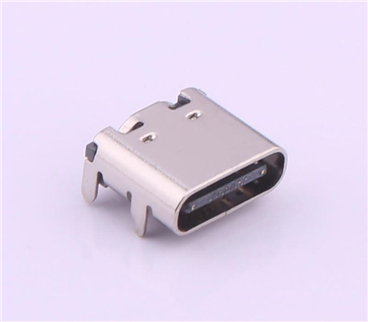
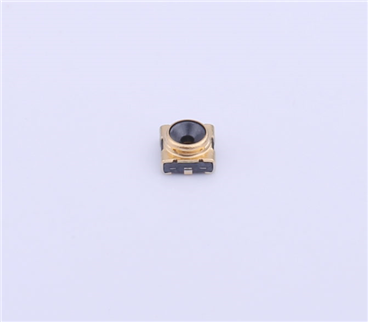
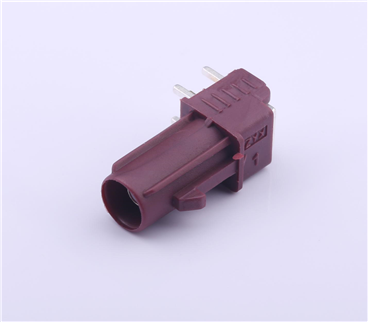
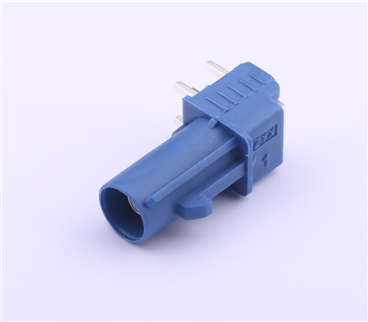
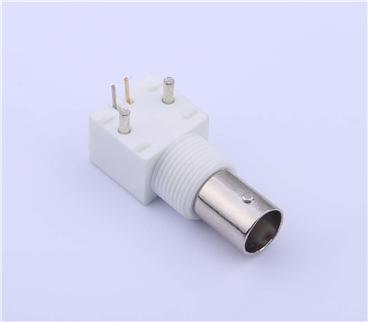
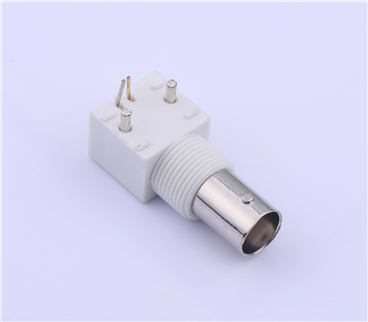
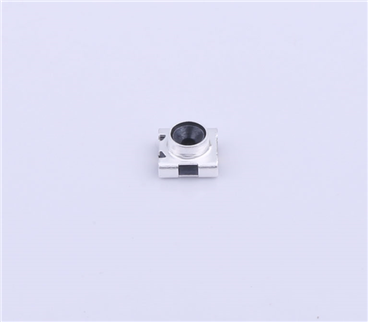

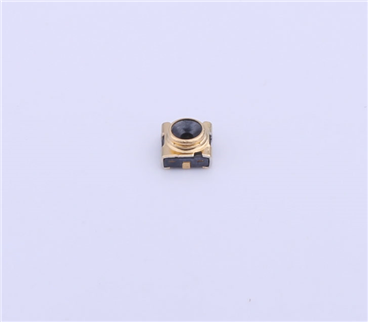
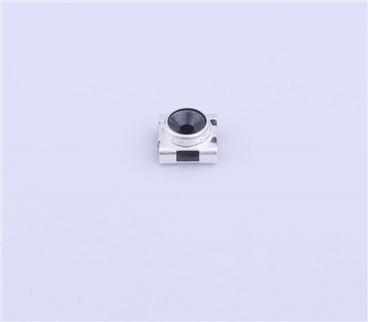
Copyright © Shenzhen Kinghelm Electronics Co., Ltd. all rights reservedYue ICP Bei No. 17113853